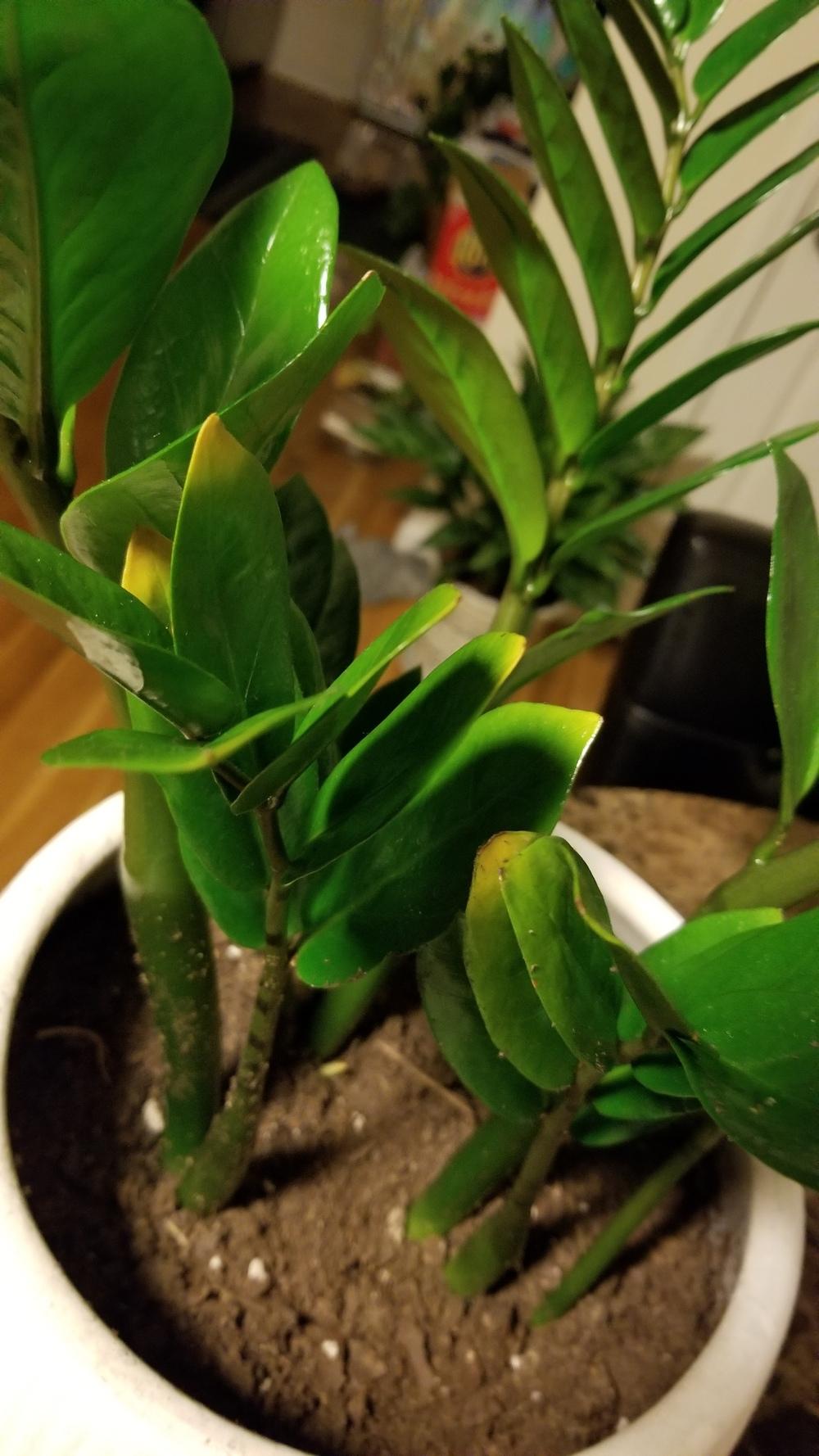Grownup squash bugs shift into vine crops in June and early July to mate and lay eggs.
There is a single technology for each yr in the Northeast, and the comprehensive lifetime cycle demands 6-8 months. Crop Damage:The most prone and attractive crops are yellow summer time squash, zucchini, and pumpkin ( Cucurbita pepo ) as very well as Hubbard squash ( Cucurbita maxima ) and other C. maxima. Watermelon, cucumber, muskmelon and butternut resist hurt and supply inadequate food stuff high quality for grown ups and nymphs.
Resistant versions also consist of sweet cheese pumpkins ( C. moshata) and royal acorn squash ( C. pepo ). Both adults and nymphs feed by inserting their stylets (sharp, sucking mouthparts) and sucking sap from plant tissue. This interrupts xylem transport and leads to wilting in leaves, stems, and vines that are over and above the feeding web-site.
- Place id and enjoyable tips
- Do you know the 3 varieties of foliage?
- 5 Ideas For When You Need Advice Pinpointing A Grow
- Just how do you locate widely used yard flowers?
- Grow recognition and involved tips
- Place Id Strategies To Help Improve Grow Recognition
- What must i moniker my snake vegetation?
- Just how do i know when to h2o my succulents?
What place would it be identification crucial?
The injuries may well seem as light-weight-colored places that later transform brown and die, indicators that resemble bacterial wilt. Grownup feeding on seedlings can trigger wilting of the whole plant. Locations on the leaves where by the bugs feed acquire little, yellow specks that eventually convert brown thanks to a toxin unveiled by the bug even though it feeds. Higher densities and intensive feeding trigger foliage to wilt, flip black and die in a issue recognized as “Anasa wilt”.
Squash bugs also feed on the fruit, leading to scarring that can make the fruit unmarketable. In late summertime and drop, large nymphs and new grownups can harm the fruit of drop vine crops. The squash bug has also been determined as the vector of the bacterium, Serratia marcescens that triggers Cucurbit Yellow Vine Decrease in the United States.

The bacterium is https://plantidentification.co inoculated into a cucurbit plant by the piercing-sucking mouthparts of the squash bug and enters the phloem of the plant. Indicators of yellow vine decrease incorporate a general yellowing of the full vine within a two to a few day interval.
Contaminated crops generally collapse completely approximately ten to 14 times prior to the fruit matures. The presence of this illness was first observed in New England in 2003 but has not been verified because then. Monitoring and Thresholds:Scout crops from seedling to vining/flowering stage to detect adults as properly as eggs and nymphs. Look for higher and lessen leaf surfaces and soil cracks around the plant. The population stage that will be detrimental to the crop will differ with the crop and its stage of expansion. Controls are warranted if you see far more than 1 egg mass for every plant, especially early in the period.
In watermelon, a threshold of one adult per plant was decided to be efficient (see under). Cultural Controls and Avoidance:Remove crop residues and/or till area right away following harvest to eliminate older people in advance of they transfer to area edges trying to find shelter. Retain headlands and field borders mowed and free of charge of trash to reduce overwintering sites. Hold off the arrival of grownup bugs in the spring by covering early plantings with row go over.
Steer clear of mulching with hay or straw and low- or no-till programs. We have observed larger squash bug quantities in fields in these techniques squash bugs may perhaps want the shelter presented by substantial address crop residues.